Cheery yellow blooms and powerful medicinal properties make St. John’s Wort a beloved plant in any herbalist garden. Botanically known as Hypericum perforatum, this plant is native to parts of Europe, Asia, and Northern Africa. Today it can be found all over the globe. In particular areas such as California and Mexico, it is aggressively invasive. And while many holistic healers turn to this plant as medicine, it is toxic to livestock. It is an herbaceous perennial plant that can grow to around 3 feet tall.
From late spring to early summer, the bright yellow flowers with five petals and black dots are hard to miss once you know what you’re looking for. St. John’s Wort is part of the Hypericacae family. It’s creeping rhizomes are how it spreads so effectively – probably close by to where you reading this if you know where to look!
So Who Is Saint John?
St. John’s Wort is so named because of the timing of the plant’s blooms – on or around St. John’s Day. This is actually a Christianized name referring to St. John The Baptist. But this celebration pre-dates Christianity and has gone by many names. Most of us know it now as the summer solstice. It was on this day that the yellow blooms were traditionally harvested and strung from houses and doors to ward off evil spirits in parts of Northern Europe.

[Image by NickyPe via Pixabay]
Medicinal Uses
[Disclaimer: Nothing in this article should be taken as medical advice. Consult a doctor before using St. John’s Wort.]
St. John’s Wort has long been used in herbalism and traditional medicine. Its uses span from mental health support to treating wounds during the crusades.
The medicinal parts of the plant are above ground – meaning the stem, the leaves, and the flowers. Scientific studies have shown that the main chemicals at work in this plant are hypericin and hyperforin. These compounds can affect serotonin and dopamine in the brain. As such, Saint John’s Wort is often used in holistic treatments for mild to moderate depression, insomnia, and anxiety.
Science also supports that the oil of St. John’s Wort does indeed help wound treatment – regardless of whether you are fighting in the crusades or not. Administering the oil in appropriate amounts can treat muscle pains and first-degree burns.
Folk wisdom and traditional healing practices also regard St. John’s Wort as an ally in other ways that science has yet to substantiate. These uses include muscle relaxant, nerve tonic, astringent, antiviral, mild tranquilizer, and anti-inflammatory.
Steep On It
St. John’s Wort can be consumed in a variety of ways: tea, tincture, oil, dried herb, and salves are the most common. Many herbalists recommend using it fresh for optimal vitality. You can steep 2-3 teaspoons of the flowers in hot water for 4 minutes. Strain out the flowers before drinking and you’ve got a steaming cup of medicine in your hands! However, it isn’t overnight magic, exactly. Some herbalists caution that this powerful plant can take up to 4-6 weeks to work and alleviate particular symptoms.
An important thing to note: this plant can cause serious side effects when used in combination with other medications. If you are on antidepressants, have received an organ transplant, or are on birth control, this can be a really bad combination. Do not use St. John’s Wort without consulting a doctor or certified clinical herbalist.
One last thing – St. John’s Wort can make your skin more sensitive to the sun. If you do decide that St. John’s Wort is a medicinal plant you want to use, wear a hat to the beach!
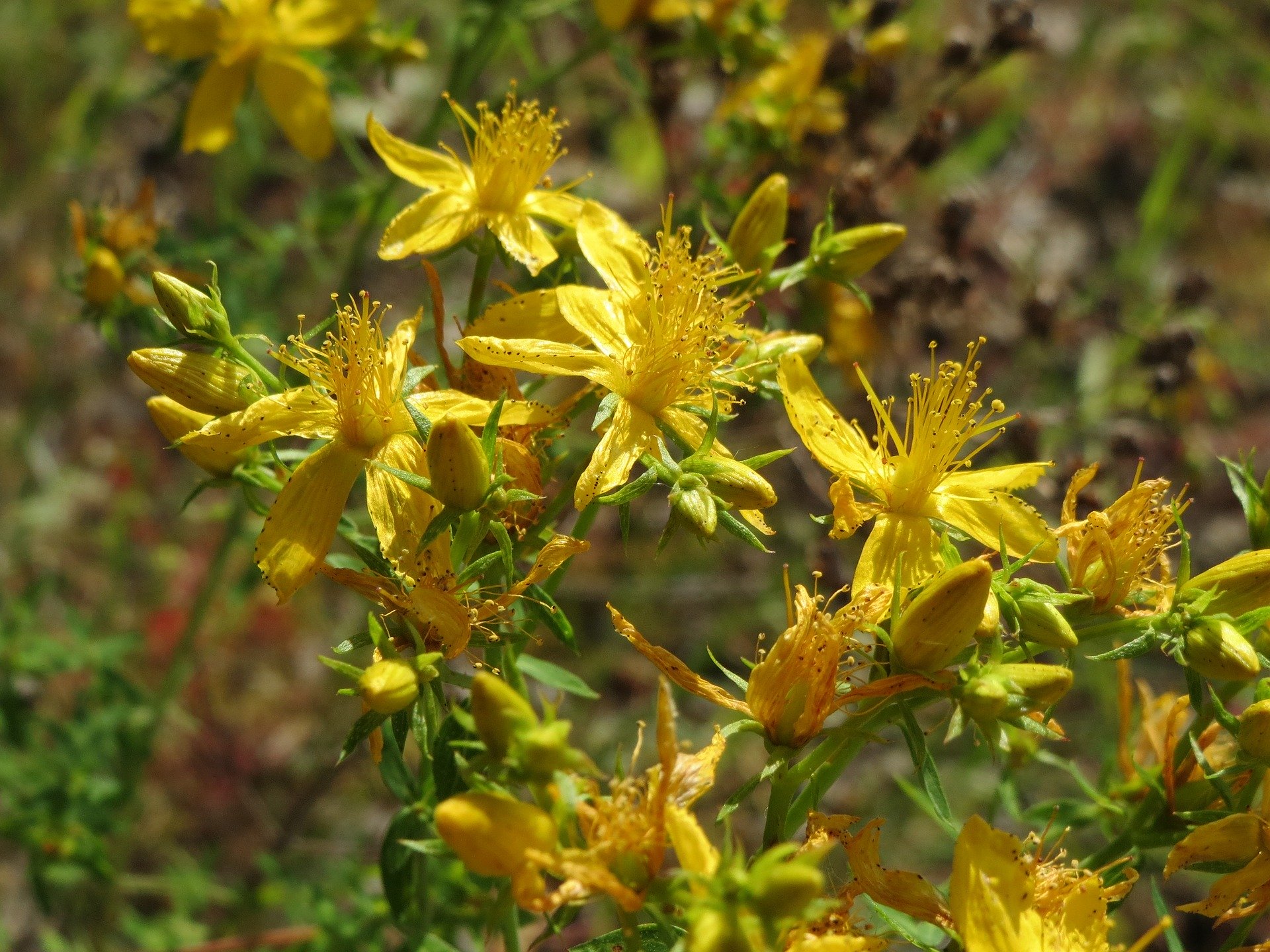
[Image by WikimedialImages via Pixabay]
Keeping St. John’s Wort in Your Garden
As a vigorous, invasive perennial plant, St. John’s Wort won’t be a difficult herb to incorporate into your garden. Plant your seeds or starter plant in sun or partial shade. Plants should be spaced about two feet apart from one another. Water regularly. This plant appreciates moisture but doesn’t want to be soggy for long periods of time.
In order to keep this plant under control, you’re going to have to stay on top of things and watch the plant’s development closely. You can remove the flowers with shears in order to use them in medicinal ways. Make sure you do so before the plant berries, in order to prevent new seeds from forming. As little seedlings pop up, weed them out.
When pruning this perennial plant to your desired size and shape, use those clippers in early spring – but don’t go too wild with it. The stalks you clip in the spring will not flower in the growing season.
Before planting, do some research on St. John’s Wort in the area where you are living. If it is dangerously invasive and wreaking havoc on the ecosystem, consider planting something else in your garden, while foraging Saint John’s Wort in areas where it already grows. This can be an exciting scavenger hunt, with the added bonus of fighting back a plant that may be out-competing native pollinators in your area.
[Featured image by Annette Meyer via Pixabay]













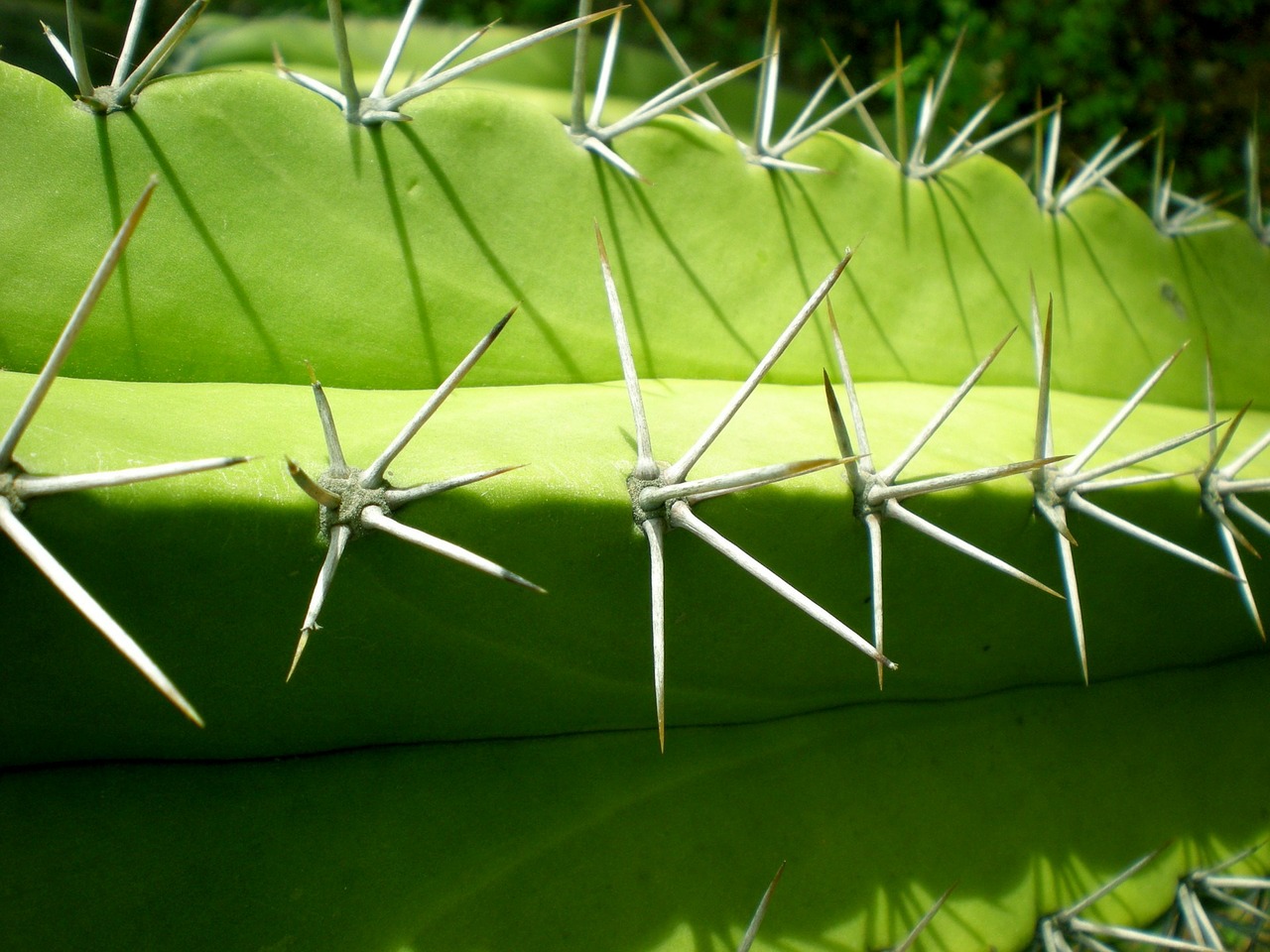
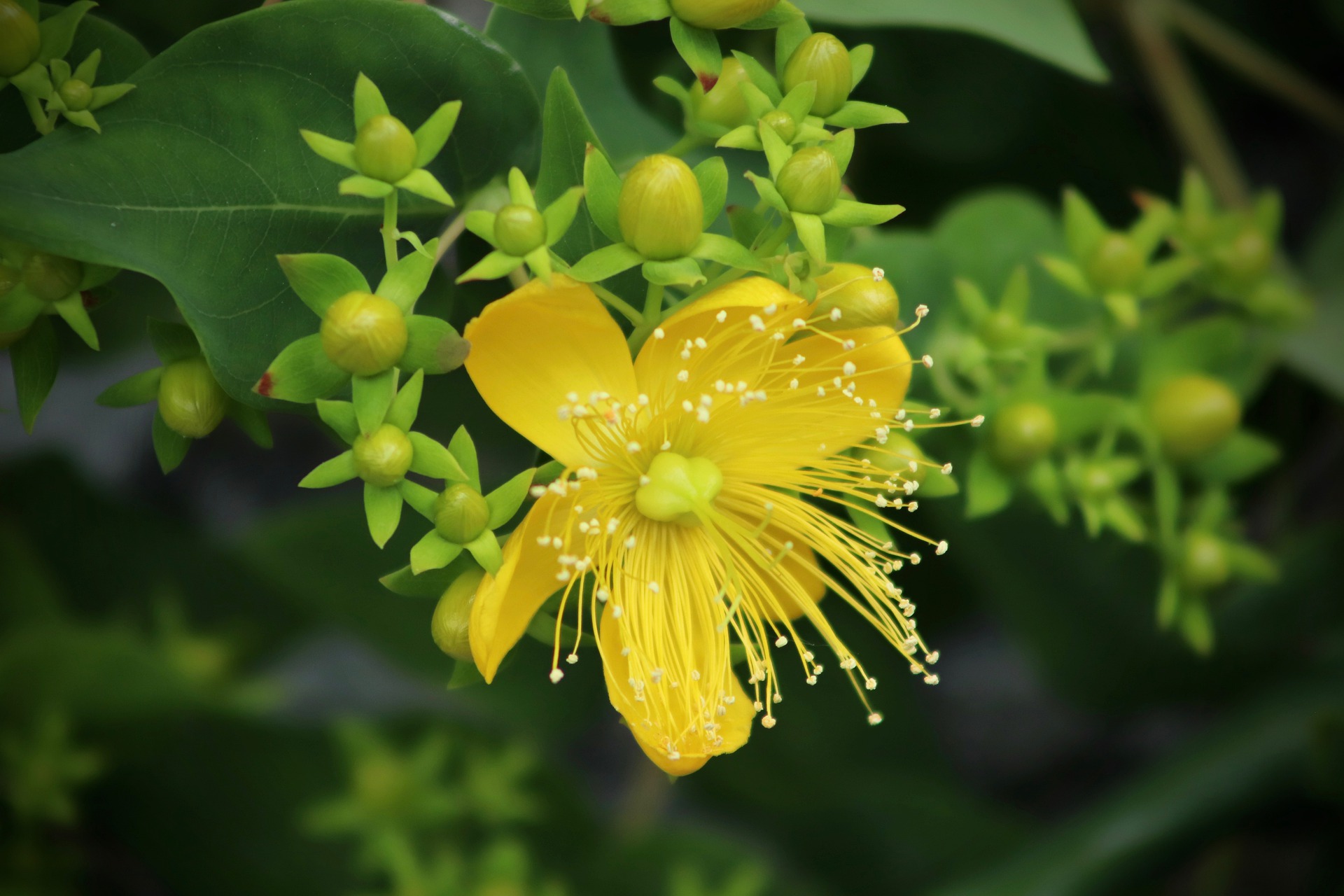
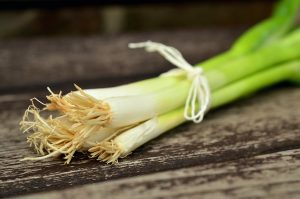
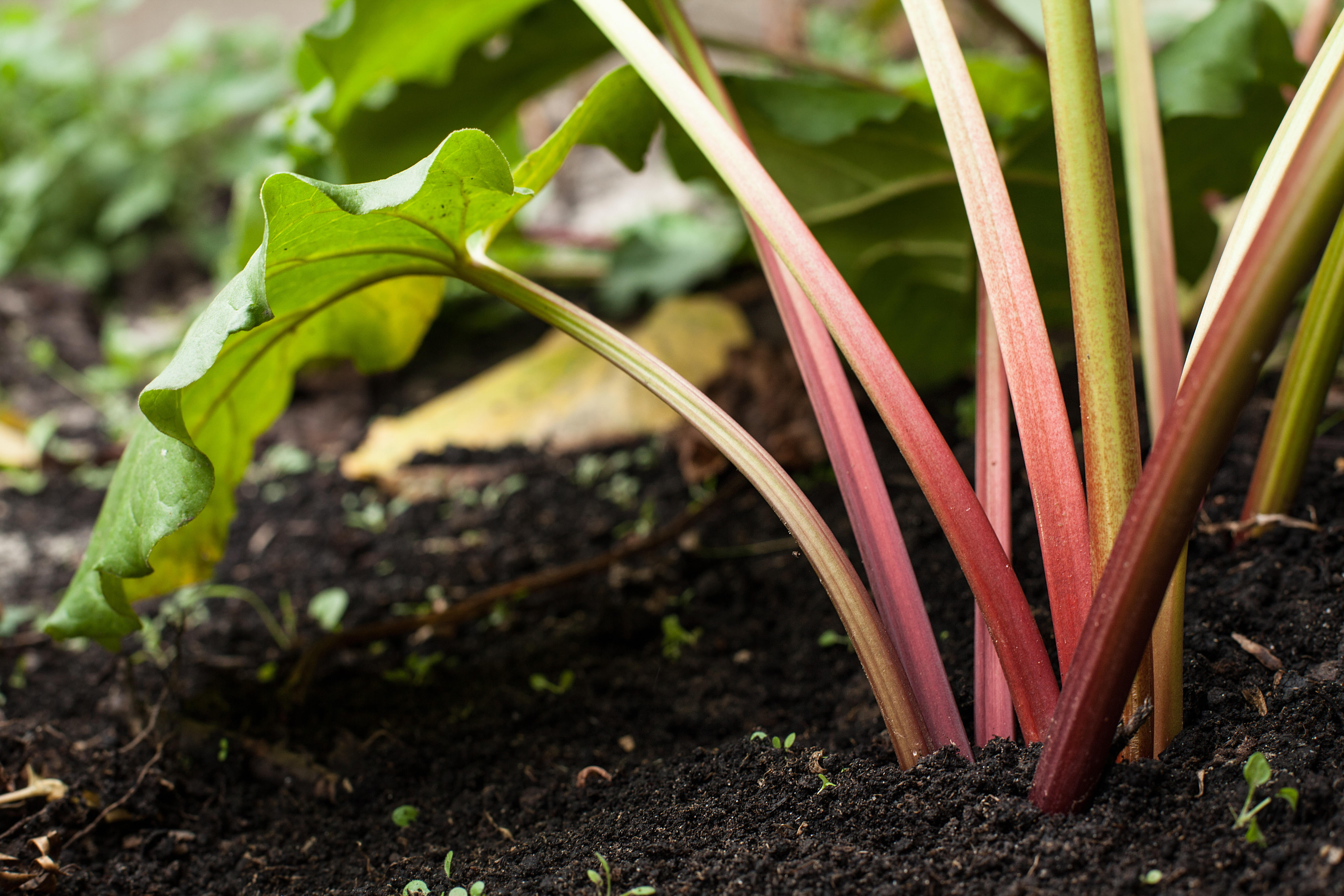



0 Comments